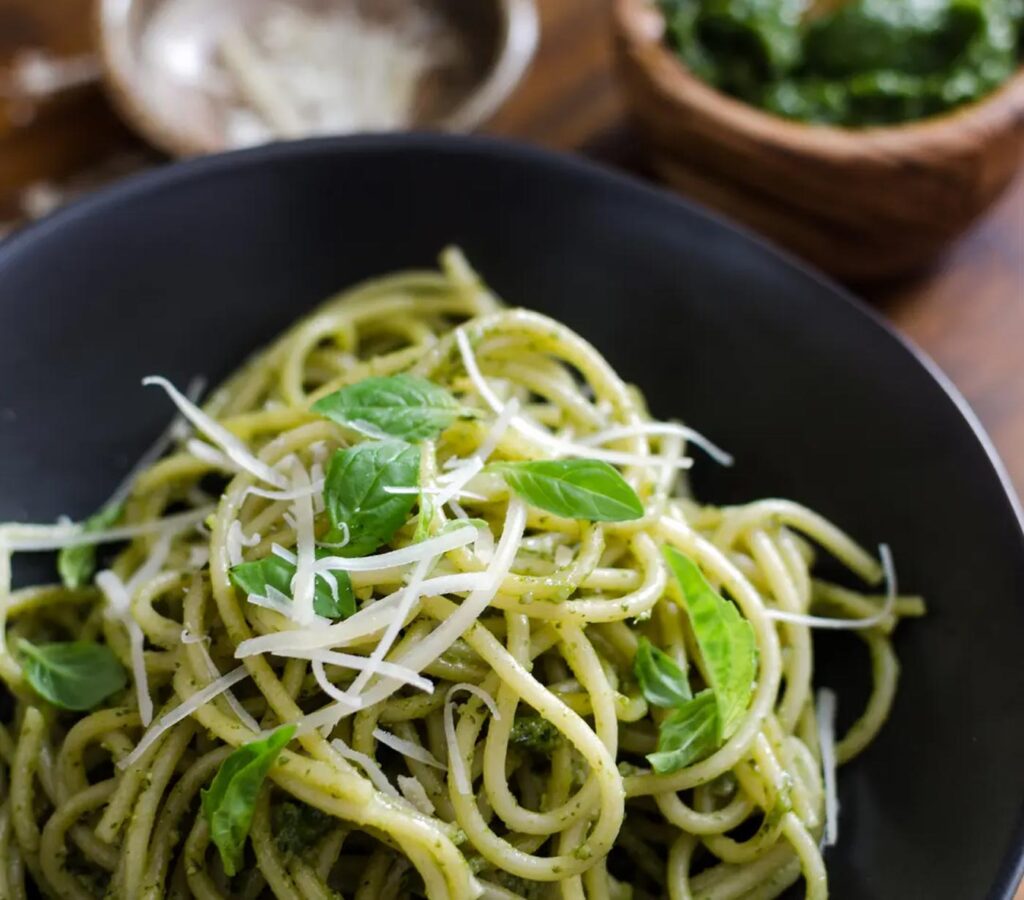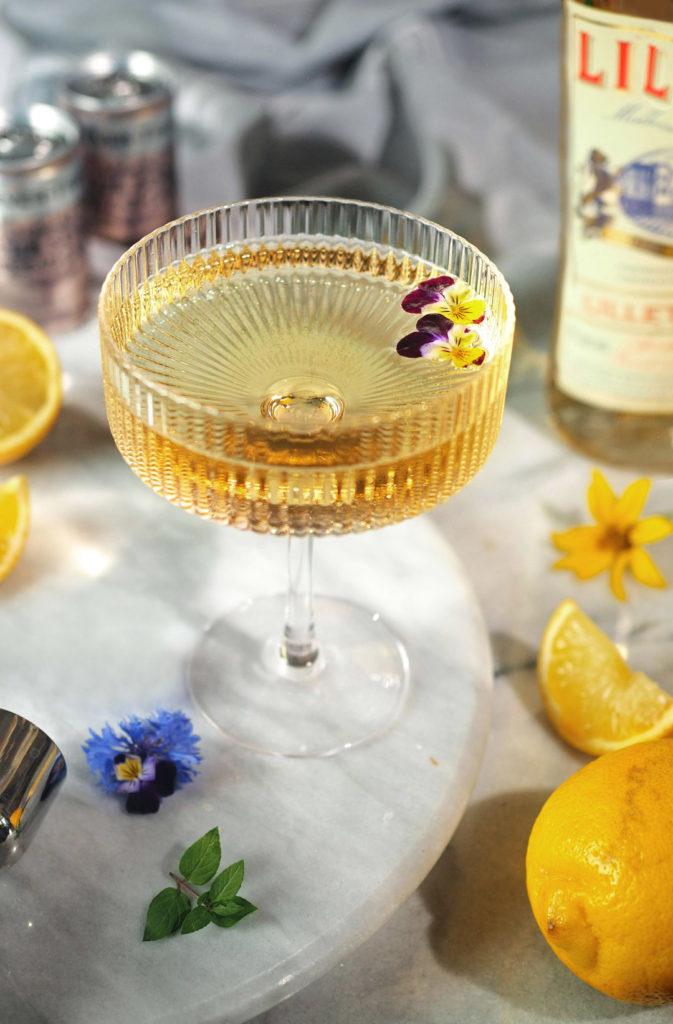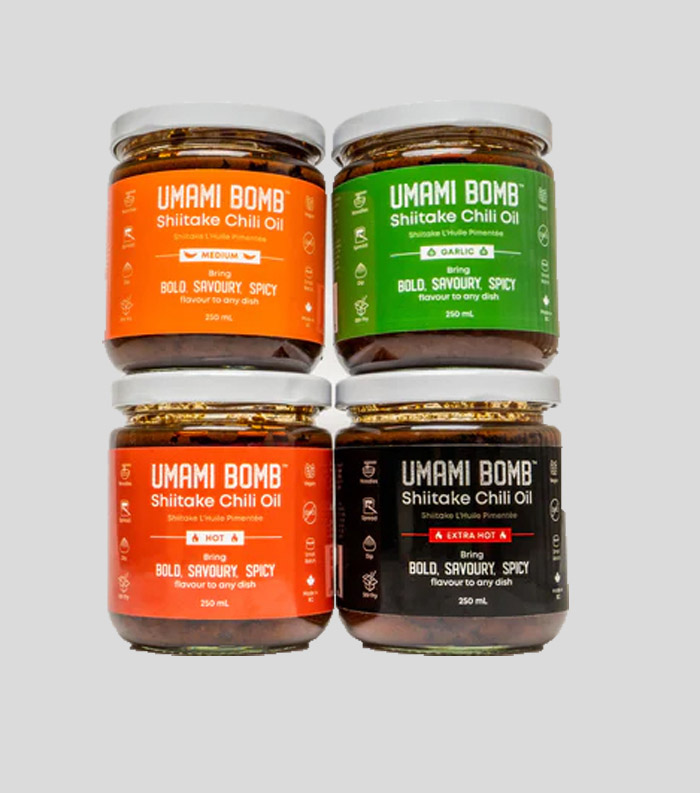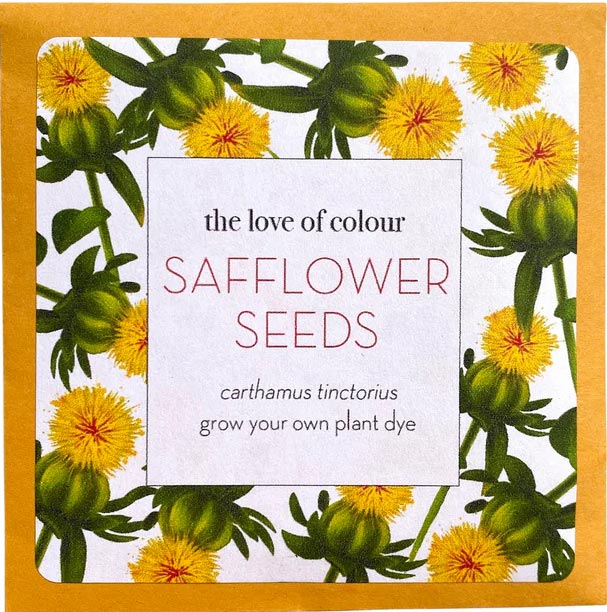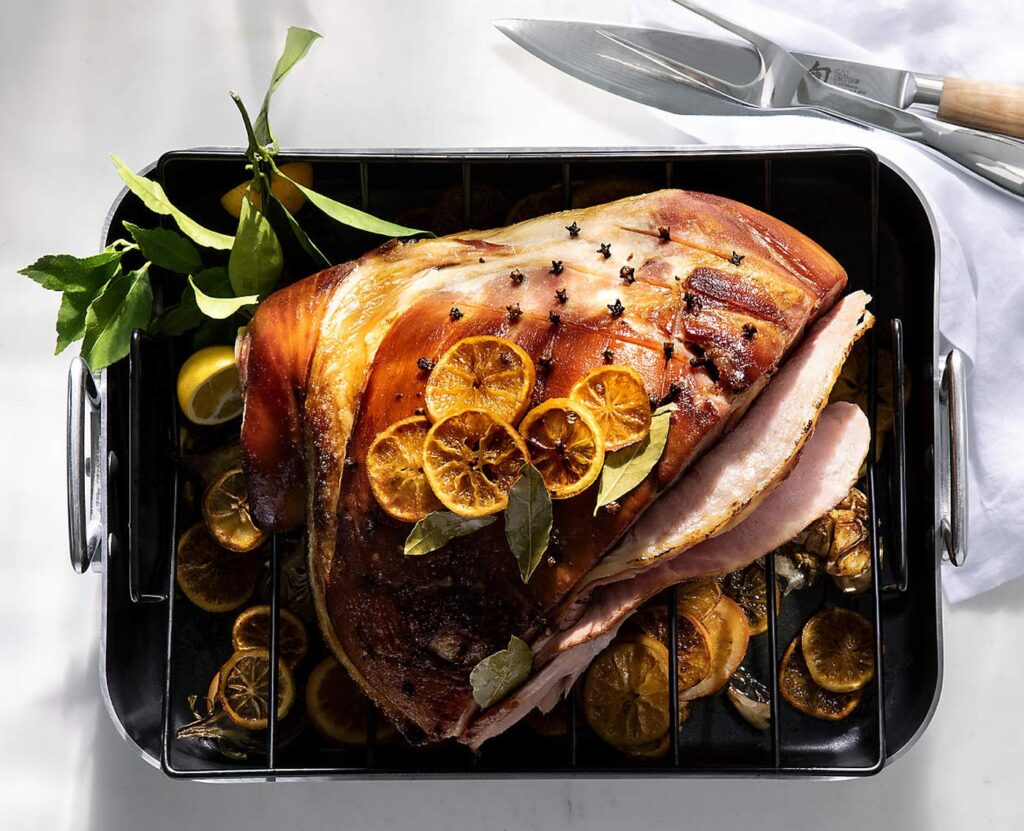
Lavender Fizz
This flowery, slightly sweet drink is a cross between soda and champagne and can contain a very small amount of alcohol. The carbonation is a natural by-product of the fermentation process, a sign that the fizz is active and alive. Naturally fermented beverages are energizing and excellent for digestion. Lavender, a calming aromatic herb from the mint family, helps soothe anxiety, restlessness, anger, tension, and depression. Let the bubbles in this drink lift you up!
Yield: 8 cups
7½ cups water
½ cup raw honey
1 tablespoon white wine vinegar
4 tablespoons fresh or dried lavender flowers
1 lemon, sliced into ¼-inch rounds
1. Combine the water, honey, vinegar, lavender, and lemon in a clean half-gallon mason jar, cover with a lid, and shake well until all the honey has dissolved. Set the mixture aside to ferment, covered, at room temperature for 2 days.
2. After 2 days, strain out the lavender and lemon. Transfer the liquid into glass or plastic bottles with tight-fitting lids, leaving about ½ inch of headroom in each bottle. (The lids need to be tight fitting to contain the carbonation that is going to develop. If the lids do not fit tightly, the carbonation will escape from the bottles, leaving you with a still delicious yet noncarbonated beverage.)
3. Set the bottles aside in a cool, dark place to ferment for 3 days. Then open one of the bottles to taste it. If the soda is still not carbonated, put the lid back on and let the bottles continue fermenting. Taste regularly. The length of time needed to produce carbonation will vary depending on the temperature and the activity of the yeasts in your fizz.
4. Once the soda reaches the desired carbonation, transfer the bottles to the refrigerator. The cold temperature will slow the fermentation process and keep the carbonation level as it is.
Note: Sometimes a bit of mold can form on the surface of the soda during the fermentation process. This is just surface mold, and the soda is still good; simply remove the mold and proceed.
Excerpted from Recipes from the Herbalist’s Kitchen © by Brittany Wood Nickerson, 2017. Photography © by Keller + Keller Photography and Alexandra Grablewski. Used with permission from Storey Publishing.
This original recipe first appeared in the Winter 2018/19 issue of City Style and Living Magazine.
Don’t Forget to Follow City Style and Living on Social Channels: Instagram, Twitter, Facebook, Pinterest





